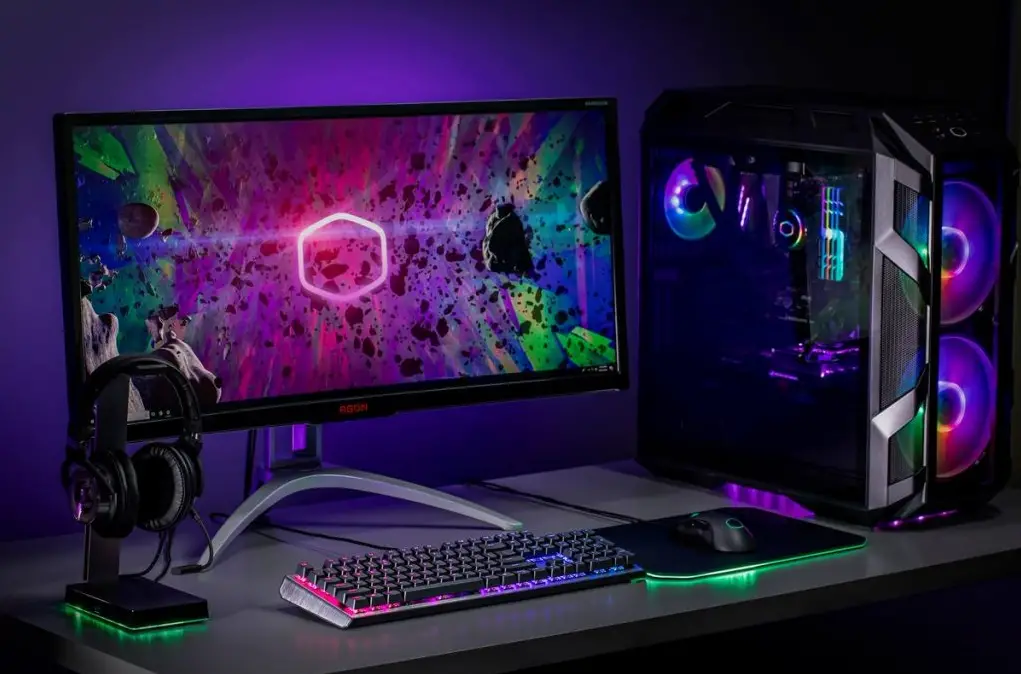Of course, if your new computer glitches or freezes, that’s not okay. And you most likely need to go to a service center to find the bug (and if your computer is under warranty, take advantage of it and get a refund, a solution to the problem, or a new PC). Even with a new PC, though, a one-time situation can happen that was caused by a software glitch. If it doesn’t happen often, then you don’t need to worry, but you need to reboot properly so that you don’t damage your PC’s hardware.
However, if your PC is old enough, then lags and even freezes when you see a blue error screen or you just can’t move the mouse and the computer doesn’t respond to any commands can become quite common.
Of course, in this case, I still advise you to contact a service center (most likely the problem may be overheating of the CPU, RAM, or video card), but first, you need to solve your problem.
Of course, in such a situation you cannot shut down your computer correctly (through the start menu) because it does not respond to commands, but you can make a forced reboot. Still, there is a way you can make a forced reboot of your PC without damaging your PC’s hardware.
How to reboot your PC correctly
In fact, there is nothing difficult, the main thing is not to rush and do not panic. A common mistake people make when they first encounter that their PC is not responding is to panic and try to unplug it. That’s not the way to do it! It’s better to calm down and do it right, so you can solve the problem without any damage.
That’s what you have to do:
- Hold down the power button until the computer shuts down. This will not be a normal shutdown, it will just turn off the monitor at one point (maybe your monitor will tell you that it “can’t find a signal”, that’s okay). Also, your PC’s power light will go out (if you have a power supply light, that will go out too).
- Don’t rush to turn on the computer. Wait about a minute for all components to de-energize before turning on the computer again to avoid damaging them.
- Turn the computer back on. If there are any error messages (or any other new messages) on the boot screen, write it down or take a picture of it to find a solution to the problem later.
- Restart the computer via the start menu. This can correct any software errors that may have occurred due to a previous pre-boot.



